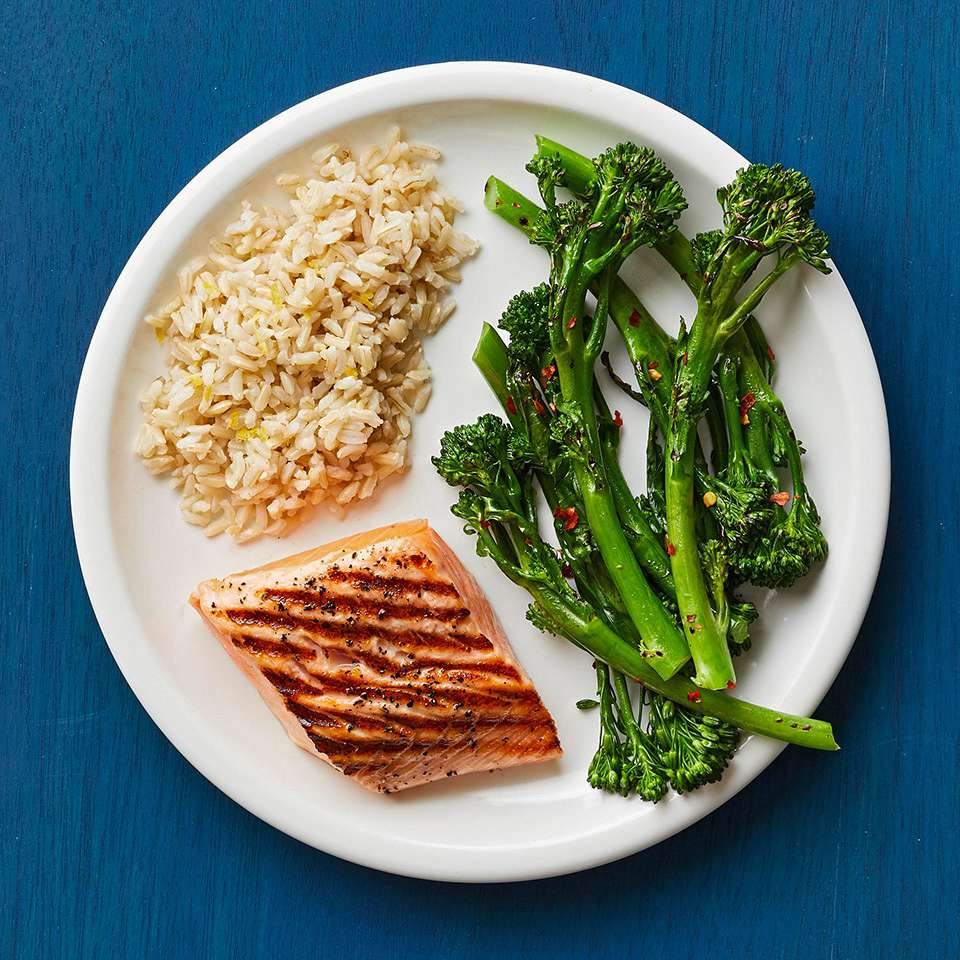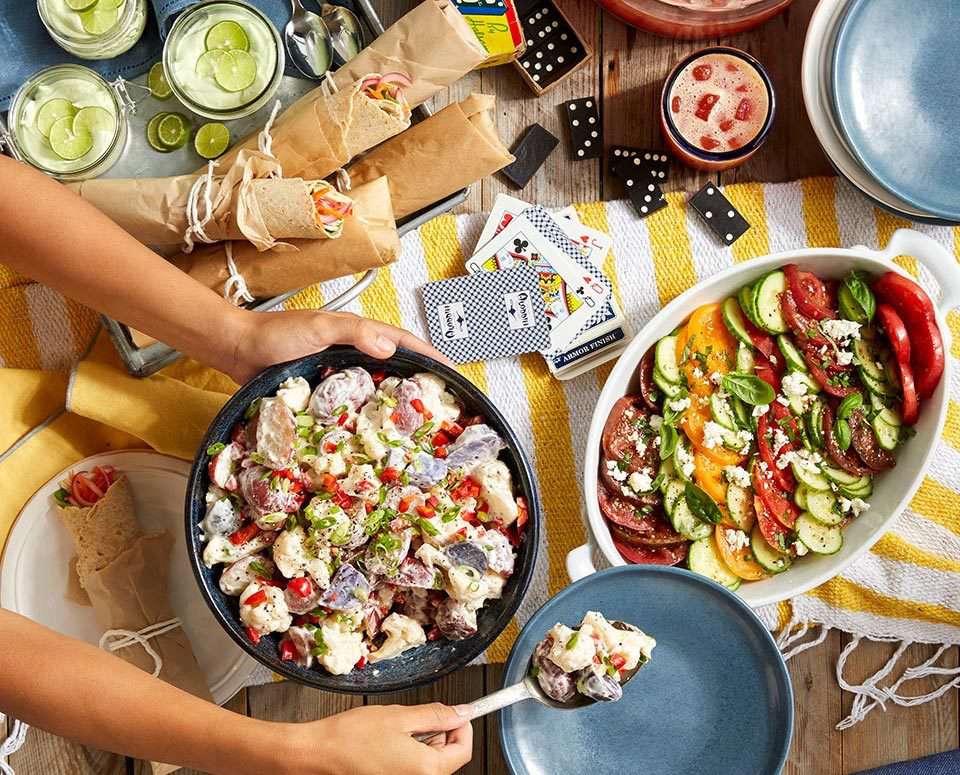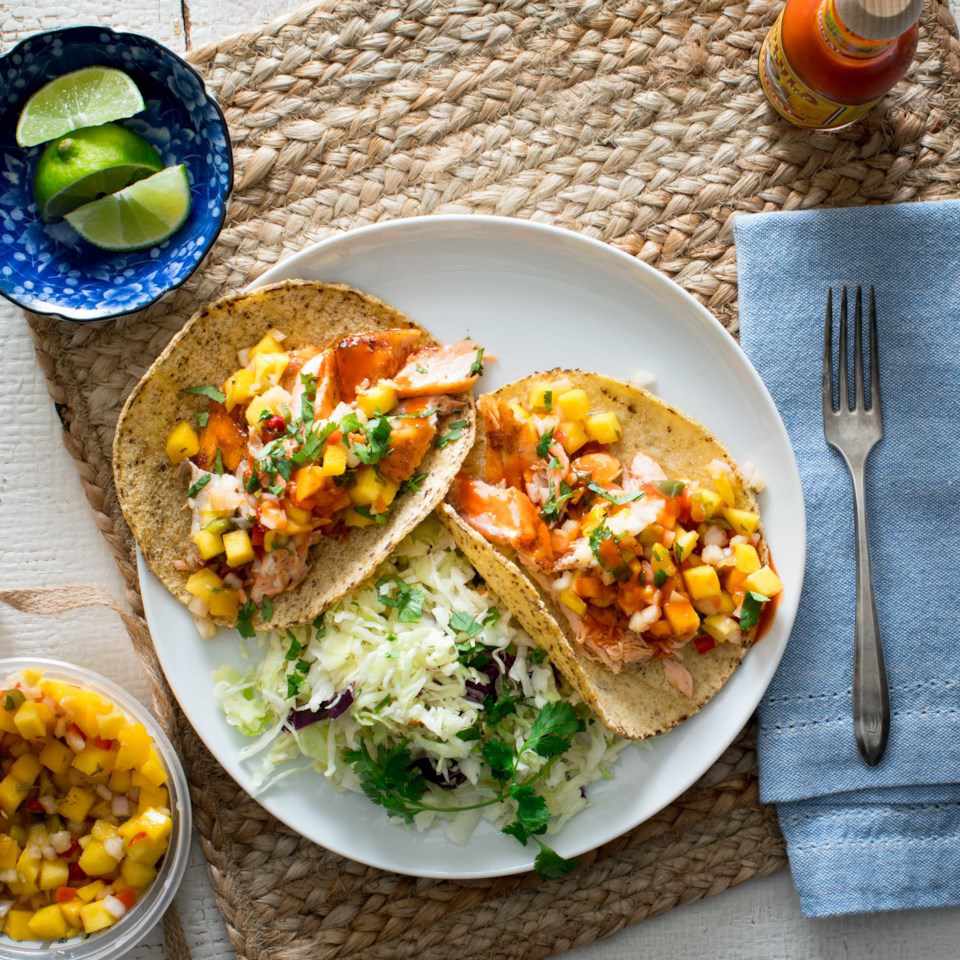Reviewed in the United States on December 14, 2018
I am pleased to say that my son was born a healthy weight and neither of us had blood sugar problems after. My son is now a year and a half old and people (including kindergarten teachers) always tell me he is very bright, interactive and “advanced for his age”
Gestational Diabetes Meal Plan & Diet Guidelines
Healthy eating during pregnancy looks different each day, and you should feel free to eat the foods you want. Here’s what you need to know for planning a gestational diabetes meal plan that will work for you.
What Is Gestational Diabetes?
Insulin is then released from the pancreas to take glucose to your cells for energy. Hormonal shifts during pregnancy can cause insulin resistance, meaning glucose levels stay high in your blood instead of being taken to your cells for energy.
The risks of gestational diabetes can include complications for mom and baby, such as a larger baby, which can increase the risk of needing a cesarean section.
Uncontrolled blood sugar can also lead to high blood pressure in the mother.
Gestational Diabetes Symptoms
However, most women will experience no symptoms at all, which is why it’s important to go to all of your prenatal appointments.
How to Prevent Gestational Diabetes
If you are overweight or obese, you can lower your risk of gestational diabetes by making dietary changes that keep your blood sugar levels normal and help you gain less weight throughout pregnancy (you still want to gain weight when you’re pregnant).
But for women who are at a healthy weight before pregnancy (BMI 18.5-24.9), dietary changes haven’t been shown to prevent gestational diabetes. Exercising from the start of pregnancy may lower your risk of gestational diabetes.
Gestational Diabetes Diet Guidelines
Follow these general guidelines and then customize your meals based on the foods you like and the sample gestational diabetes meal plan provided below.
Schedule a meeting with a registered dietitian to determine your exact carbohydrate needs and to get an individualized gestational diabetes meal plan.
Choose complex carbohydratesmost of the time-these have more fiber, which slows digestion and prevents blood sugar from spiking. Beans, whole grains and vegetables are complex carbs.
Aim to make half your plate nonstarchy vegetables, a quarter of your plate lean protein, and a quarter of your plate whole grains at each meal. It’s important to eat a consistent amount of carbohydrates at each meal.
What Can I Eat If I Have Gestational Diabetes?
Because refined grains like white pasta, white rice, white bread, crackers and tortillas will spike blood sugar quicker than their whole-grain counterparts, choose the whole-grain options more often.
Same goes for simple carbohydrates like sugary desserts and juice-go for fruit-forward desserts that contain less added sugar and more fiber, and choose whole pieces of fruit instead of juice.
That said, if you’re really craving that cookie or brownie, just stick to one serving and plan to move a little afterward to help your body use up the sugar.
And, in line with general healthy eating guidelines, avoid trans fats, opt for lean meat or plant-based proteins, and keep sodium in check by limiting processed foods.
- 100% whole grains
- Nonstarchy vegetables
- Some starchy vegetables (like potatoes, corn and peas)
- Fruit (1-2 servings per day)
- Beans
- Lentils
- Chicken
- Turkey
- Tofu
- Nuts/seeds
- Popcorn
- Unsweetened yogurt
- Avocado oil
- Olive oil
- Salmon
- Sardines
- Tuna
- Chia seeds
- Flaxseeds
- Desserts
- Soda
- Juice
- White bread/pasta
- Refined grains
- Highly processed foods
- Fast food
- Fried foods
- Baked goods
- Candy
Recipes for Gestational Diabetes
Here’s what to aim for with breakfast, lunch, dinner and snacks. These easy recipe ideas make eating with gestational diabetes simple and delicious.
GESTATIONAL DIABETES MEAL PLAN

Breakfast
- Option 1: Scrambled eggs, cheese, non-starchy vegetables (greens, broccoli, cauliflower, tomatoes, etc. – frozen vegetables make this a quick and easy breakfast!); whole grain toast
- Option 2: Rolled oats soaked overnight with no added sugar almond milk and nuts
- Option 3: Whole grain toast with no sugar added nut butter
- Option 4: Scrambled eggs with sautéed tomatoes and onions topped with queso blanco or feta cheese wrapped in a whole grain tortilla
- Option 5: Black bean breakfast bowl with beans, avocados, salsa, peppers, onions
Lunch
- Option 1: ½ grilled chicken sandwich on whole grain bread or pita; cup of veggie or bean soup
- Option 2: Quinoa with veggies, tuna* or tofu, olive oil and balsamic vinegar or your favorite low-sugar dressing
- Option 3: Lentils and brown rice topped with avocado and a side salad with lemon and olive oil dressing
- Option 4: Lentil soup with whole grain croutons and a tossed vegetable salad with olive oil and balsamic vinegar or lemon juice
- Option 5: Salmon or chicken salad stuffed inside avocado halves with whole grain crackers
Dinner
- Option 1: Whole grain or bean-based pasta, sautéed vegetables simmered in broth, topped with chicken, turkey, tofu or white beans
- Option 2: Lean grilled steak, grilled corn on the cob, salad with low-sugar dressing
- Option 4: Grilled salmon over a bed of sautéed spinach, zucchini and tomatoes with a side of brown rice
- Option 5: Grilled or sautéed boneless chicken breast served over farro salad (cooked farro tossed with chopped arugula, carrots, onions, cucumbers, parsley, and a mixture of olive oil, lemon juice, mustard salt and pepper for dressing)
Snacks
- Option 1: Hard-boiled egg with piece of fruit
- Option 2: Hummus with carrots and cucumbers
- Option 3: Small piece of fruit with nut butter
- Option 4: 4-5 whole grain crackers with a stick or slice of cheese
- Option 5: trail mix bar with 15-30 g carb or less and 2 g or more fiber
* Pregnant women should eat no more than 6 ounces of high-mercury fish per week
Example meal plan
Breakfast
Banana Pancakes
Ingredients: 1 small or ½ a large slightly green to yellow banana, 2 large eggs, butter or coconut oil, Greek full fat yoghurt, a few berries, almonds, seeds
Mash the banana, crack the eggs into a bowl and whisk. Add the mashed banana to the eggs and mix until blended. Heat a frying pan and add butter or coconut oil.
Drop the batter into the pan (2 tbl sp per pancake), fry for 1 minute, or until the bottom of the pancake has browned slightly.
Flip the pancake over (very gently as the mixture is fairly wet meaning the pancakes can break easily) and cook the other side. Serve warm with full fat Greek yoghurt, berries, nuts, seeds and add sweetener or agave nectar if you wish
Morning Snack
Hummus and vegetable sticks
Lunch
Spanish Frittata with grilled halloumi and salad
Makes 8 large servings. Ingredients; 300g leftover cooked new potatoes or boiled potatoes, 6 spring onions or 1 medium onion, olive oil for cooking, 3 tbsp finely chopped flatleaf parsley, 6 eggs, 100g grated cheddar, halloumi, rocket, baby spinach, cucumber, avocado and lemon juice.

Slice the cooked potatoes into thick slices. Top & tail the spring onions, then chop into small slices (or peel and dice the onion).
. Soften the onions in a pan with some olive oil on a low-medium heat, then add the sliced potatoes.
Warm on a medium heat for a few minutes and ensure the onion and potatoes are spread evenly in the pan. Beat the eggs in a separate bowl. Add half of the grated cheese with the finely chopped parsley and plenty of salt and pepper into the egg and mix.
Tip the egg mixture into the pan and cook on a medium-moderate heat for around 10 minutes, using a spatula to shape the edges of the frittata. Sprinkle grated cheddar on top and place under the grill to golden. Slice the halloumi and heat in a pan with a drizzle of olive oil.
Serve a slice of frittata warm with slices of halloumi and a mixed green and avocado salad dressed in lemon juice. Leftover frittata can be eaten cold the following day.
Afternoon Snack
Peanut butter and Granny smith
Slice a Granny smith apple into pieces and dunk into crunchy peanut butter (look for peanut butter with less than 6g total carbohydrate per 100g)
Dinner

Spaghetti bolognese
Serves 4-6. Ingredients: Olive oil for cooking, 500g Beef (or it tastes even better with minced beef!) or Quorn mince, 1 large chopped onion, 2 cloves of crushed garlic, 1 grated courgette, 1 green and 1 red pepper sliced or chopped, 1 stick of chopped celery, 1 x 400g tin of chopped tomatoes, 500g tomato passata, 3 tbsp tomato purée, 1 tbsp Worcester sauce, 1 tsp dried mixed herbs, 1 beef oxo cube or beef stock pot, freshly ground salt & pepper and wholewheat spaghetti or courgetti (finely sliced, grated or spiralized courgette).
Fresh basil to garnish and LOTS of grated cheese
Recipe *also suitable for the slow cooker: Heat some oil in a large sauté pan over low heat. Add onions and garlic, and soften.
Turn the heat up to a medium heat and add the mince/Quorn. Once the mince has browned, add the courgette, peppers and celery, mixing them with the other ingredients until they start to soften. Pour in the tin of tomatoes and passata and stir well.
Add the tomato purée, Worcester sauce, mixed herbs, stock cube and seasoning to taste. Cover the pan, and simmer over medium heat for 20 minutes. Serve with a small amount (40g dried weight) of wholewheat spaghetti or as much courgetti as you like (or you could mix courgetti and wholewheat spaghetti together). Garnish with fresh basil and plenty of grated cheese.
Leftovers can be eaten another day or you could create a lasagne or chilli for a different meal
Optional Dessert ‘snack’ – after testing post meal blood sugar levels. Omit this snack if you are not hungry
Fluff milk jellies

To be made in advance into ramekins or glasses to avoid over indulging! Ingredients; sachet of sugar free jelly, boiling water and double cream
Make the jelly as instructed with boiling water. Once cooled but NOT set, pour in 150ml double cream and whisk with a hand whisk or blender. Once blended, pour the fluff mixture into small ramekins or glasses and refrigerate. Once chilled, enjoy!
To make more of a trifle, add a thin layer of the jelly to each glass and refrigerate to set, then add the remainder of the double cream to the leftover jelly to create the fluff mixture and pour on top of the set jellies. Refrigerate again so that the fluff sets on top of the layer of jelly. You could also add some more whipped cream and a shaving of chocolate or chopped nuts for a topping
Bedtime Snack
Scottish oatcakes x 3 and cheese
Sweet sugar free low carb recipes
Within our membership area we have a few sweet treat recipes on our desserts & treats page which are sugar free and low carb.
They are based on food pairing so they are suitable for sweet treat snacks which can help with your sweet cravings but not cause high blood sugar levels. We have recipes for brownies, bounty cake, lemon cake, summer pudding and lemon cheesecakes.
Here is a recipe for peanut butter cookies…

Ingredients
- 250 grams peanut butter warmed
- 3 tbsp xylitol or erythritol sweetener
- 1 medium egg
Instructions
-
Preheat your oven to 180°c (fan)
-
Add all the ingredients into a bowl
-
Mix well so that the mixture combines and creates a big (but very soft) dough like ball
-
Roll out balls of dough the size of walnuts and place on baking parchment paper on a baking tray
-
Using a fork, gently press the dough ball to squash it and create a pattern on the cookie, then press the fork in the opposite direction to create a criss cross pattern
-
Place cookies in the oven and bake for 10-12 minutes or until the edges are slightly browning
-
Remove the cookies from the tray and lay on a wire cooling rack. Be careful with these cookies as they crumble easily!
Notes
You do not have to use any sweeteners in this recipe if you do not wish to, however this means that the only sweetness comes from the peanut butter (which for a majority is not going to be sweet enough).
The brand of xylitol natural sweetener that I use and is most widely available in larger supermarkets is Total Sweet. To find a local stockist, please check this link. It is important to note that xylitol, although a natural sweetener, is highly toxic to dogs, so no sharing your GD treats with your furry friends!

Erythritol sweeteners are what I recommend using in this recipe if you struggle with IBS or gastric issues. Whilst xylitol is fine for most if eaten in small amounts, those who have any gastric conditions such as IBS may find that xylitol can trigger their symptoms. The brand of erythritol I use is NKD Living powdered erythritol.
Artificial powdered sweeteners such as sucralose (like Splenda) or aspartame (like Canderel) can be used in this recipe but they may raise blood glucose levels and can leave a nasty bitter aftertaste.
For the best outcomes with this recipe it is best to use the ingredients recommended and in the quantities stated.
Nutrition

The Bottom Line




